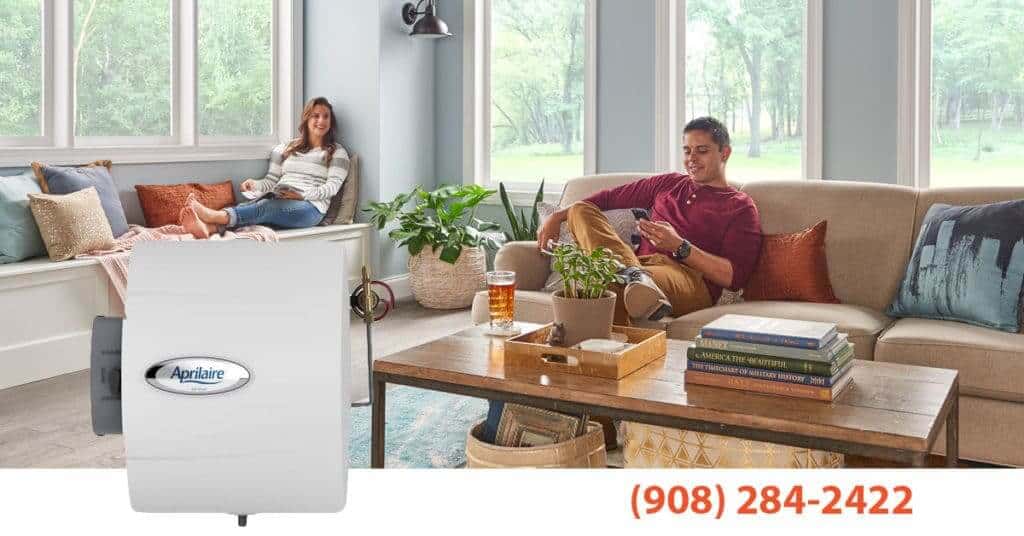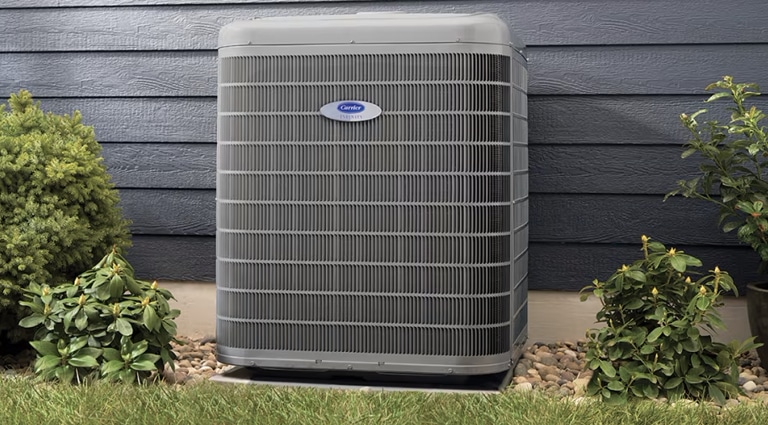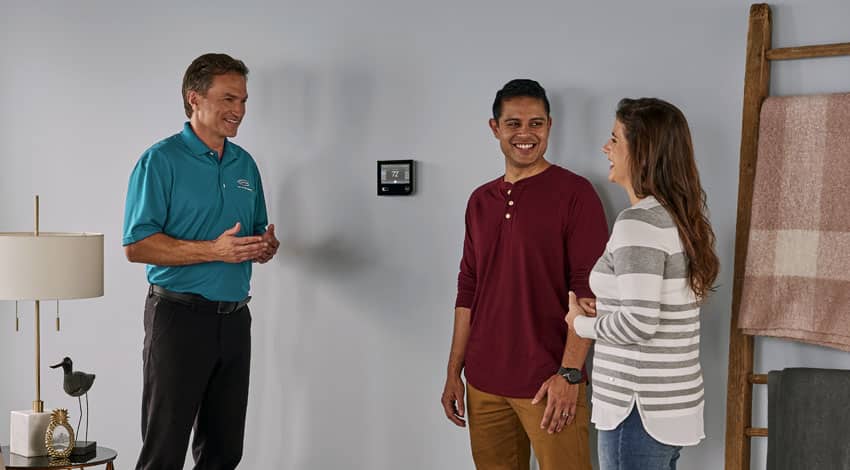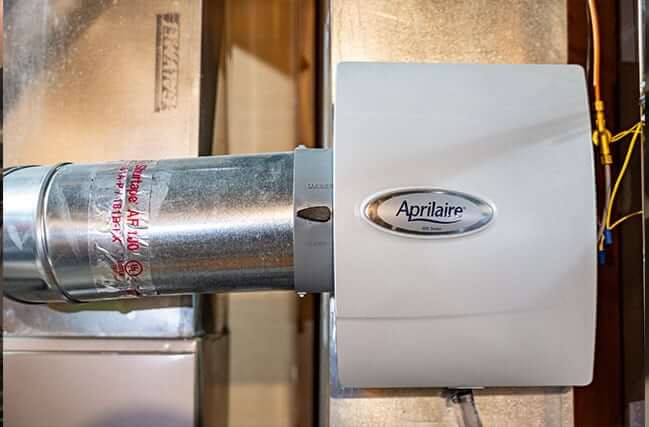
During cold weather, it’s no great secret that the one home appliance you will be relying on the most will be your furnace.
But did you realize that investing in a whole-home humidifier to add to your furnace will help you save cash and energy?
We talked with our rep over at Aprilaire, Tom Bentley, who leads the learning development. We asked him in a Q&A session to explain more about how furnaces and humidifiers work together.
Some of what he had to say may well come as a surprise!
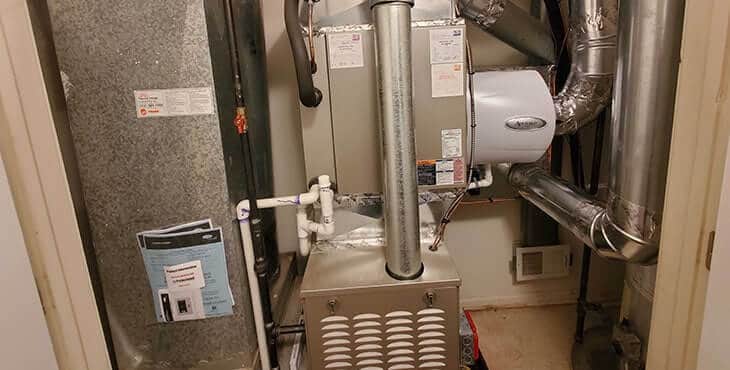
Q: Why do we need both furnaces and humidifiers then, Tom? What’s the relationship?
TB: Great question! Surprisingly, the driest place on the planet is not California’s famous Death Valley. Nor is it the Sahara Desert in Africa. The driest spot is, in fact, the average home in winter when the furnace is working full blast!
We all need a furnace for heat, but there is a price to pay. And that’s the air being dried out frequently to levels that are dangerous. To overcome this, we always recommend using a humidifier you can duct into the existing HVAC system. Just by adding a humidifier, it’s possible to keep humidity levels at a comfortable – and safe – level.
Q: How do you get a furnace and a humidifier to work together?
TB: To vaporize water and create humidity, there are three things that you need: heat, water, and airflow. A water pipe feeding the humidifier trickles water onto an evaporation panel. The furnace then uses its heat and airflow to convert the water into vapor. The HVAC blower then propels the vapor – the humidity – through the ducting and distributes it into the air around your home.
Q: How does a humidifier improve the air in your home?
TB: A whole-home humidifier is purpose-built for raising the absolute humidity in homes. This increase in absolute humidity also bumps up the relative humidity at the same time. It’s this latter that we need to focus on. You will grow fungus, mold, and mildew and create a whole bunch of other issues with too much relative humidity.
On the other hand, too little relative humidity and the air will steal moisture from anywhere it can find it. Unfortunately, that includes the materials used in building your home and even human bodies.
This lack of humidity is one of the primary reasons we associate the winter months with dry and itchy skin, the flu and colds, and so on. The reality is that it’s not the cold outdoors that makes you feel poorly. You get sick because it was cold outside, your furnace was running constantly, and dried out the air inside your home. That’s the real reason behind it all.
What happens is the air inside your home pulls the moisture out of your skin and mucus membranes, etc. Your body’s natural defenses
get compromised and less able to fight off viruses, cold, the flu, and other infections. The outcome is you get sick.
Broadly speaking, you want your home humidity level to be around 30 to 60 percent. humidifiers do precisely that. When a humidifier gets to work, the air inside our homes is far safer and healthier.
Q: What are the benefits of a whole-home humidifier?
TB: When you install a humidifier, you are doing all you can to maintain a safe humidity level in your home. You’re avoiding yourself and your family having your immune systems weakened and being left open to colds, infections, and flu.
The other upside of this healthier environment is there’s less chance of you and your family getting sick, missing work, or losing out on income or schooling. Maintaining healthy humidity in the home is a simple and effective way to protect all the family. It’s a great extra line of defense during the cold weather season.
